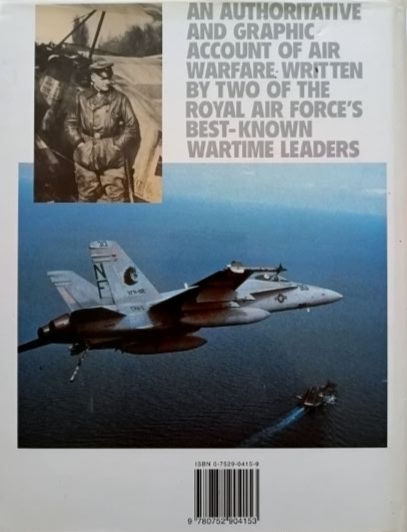United States Army SH 21-76: Ranger Handbook (1988)
The history of the American Ranger is a long and colorful saga of courage, daring and outstanding leadership. It is a story of men whose skills in the art of fighting have seldom been surpassed. Only the highlights of their numerous exploits are told here. Rangers primarily performed defensive missions until Benjamin Church’s Company of Independent Rangers from Plymouth Colony proved successful in raiding hostile Indians during King Phillip’s War in 1675. In 1756, Major Robert Rogers, a native of New Hampshire, recruited nine companies of American colonists to fight for the British during the French and Indian War. Ranger techniques and methods of operation were an inherent characteristic of the American frontiersmen; however, Major Rogers was the first to capitalize on them and incorporate them into the fighting doctrine of a permanently organized fighting force. The method of fighting used by the first Rangers was further developed during the Revolutionary War by Colonel Daniel Morgan, who organized a unit known as “Morgan’s Riflemen”. According to General Burgoyne, Morgan’s men were “….the most famous corps of the Continental Army, all of them crack shots.” Francis Marion, the “Swamp Fox,” organized another famous Revolutionary War Ranger element known as “Marion’s Partisans.” Marion’s Partisans, numbering anywhere from a handful to several hundred, operated both with and independent of other elements of General Washington’s Army. Operating out of the Carolina swamps, they disrupted British communications and prevented the organization of loyalists from supporting the British cause, substantially contributing to the American victory. The American Civil War was again the occasion for the creation of special units such as Rangers. John S. Mosby, a master of the prompt and skillful use of cavalry, was one of the most outstanding Confederate Rangers. He believed that by resorting to aggressive action, he could compel his enemies to guard a hundred points. He would then attack one of the weakest points and be assured of numerical superiority. With America’s entry into the Second World War, Rangers came forth to add to the pages of history. Major William O. Darby organized and activated the 1st Ranger Battalion on June 19, 1942, at Carrickfergus, Northern Ireland. The members were all handpicked volunteers; 50 participated in the gallant Dieppe Raid on the northern coast of France with British and Canadian commandos. The 1st, 3rd, and 4th Ranger Battalions participated with distinction in the North African, Sicilian, and Italian campaigns. Darby’s Ranger Battalions spearheaded the Seventh Army landing at Gela and Licata during the Sicilian invasion and played a key role in the subsequent campaign, which culminated in the capture of Messina. They infiltrated German lines and mounted an attack against Cisterna, where they virtually annihilated an entire German parachute regiment during close-in, night, bayonet, and hand-to-hand fighting. The 2nd and 5th Ranger Battalions participated in the D-Day landings at Omaha Beach, Normandy. It was during the bitter fighting along the beach that the Rangers gained their official motto. As the situation became critical on Omaha Beach, the division commander of the 29th Infantry Division stated that the entire force must clear the beach and advance inland. He then turned to Lieutenant Colonel Max Schneider, Commander of the 5th Ranger Battalion, and said, “Rangers, lead the way.” The 5th Ranger Battalion spearheaded the breakthrough and thus enabled the allies to drive inland away from the invasion beaches.
- Soft Cover
- In Good Condition
































